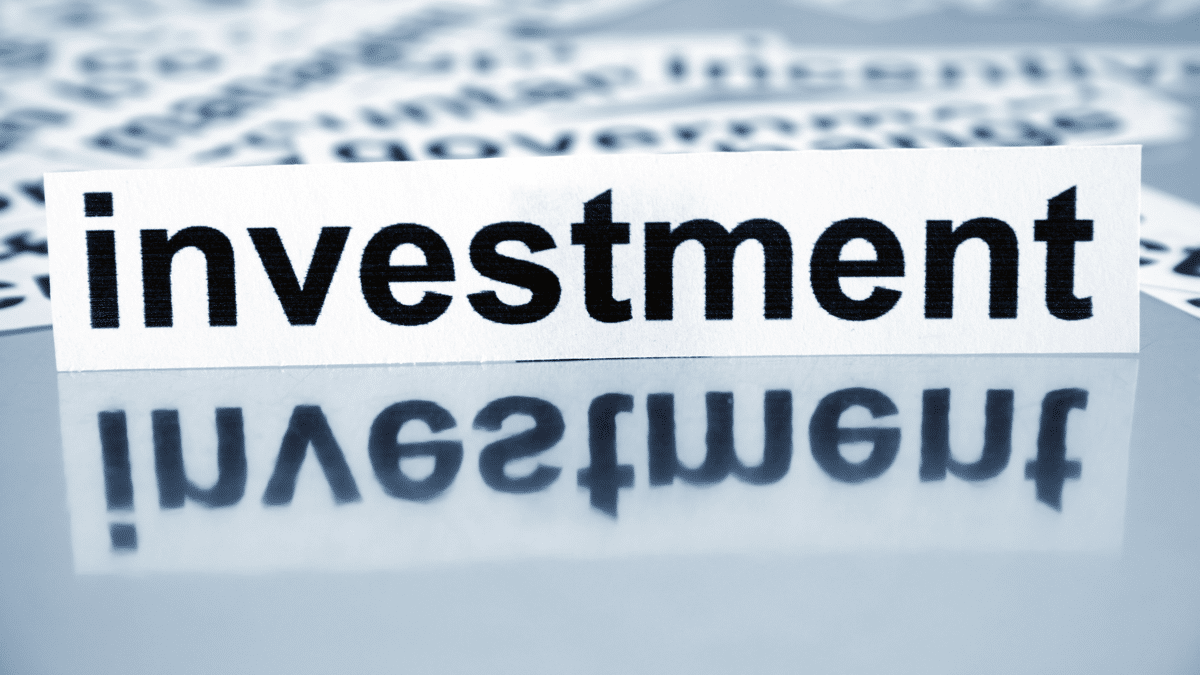In this guide
After an impressive investment performance by super funds overall in 2021, some fund members have found themselves asking whether their fund is really pulling its weight.
If you believe your super fund is not performing as well as you had hoped – or as well as other super funds – what can you do?
It might be time to work your way through SuperGuide’s 5-step guide to assessing whether your super fund’s investment performance is staying with the pack – or lagging the field.
Step 1: Check if your super fund is part of the problem
The first step in working out if your super fund is performing is to compare it to how other super funds have performed over the same period. The first step in working out if your super fund is performing is to compare it with other super funds over the same period.
The Balanced and the Growth investment options are where most super fund members have their retirement savings invested. According to superannuation rating agency Chant West, the investment return for the median Balanced super fund (41–60% growth assets) for the 2021 calendar year was a solid 9.9%.
The return for the median Growth super fund (61–80% growth assets) was an impressive 13.4% for the 2021 calendar year. The top performer in the Growth category for this period was Hostplus super fund, which achieved a standout return of 19.1%.
As super funds are regularly rated against their peers by ratings agencies like Chant West and SuperRatings, the initial step in reviewing your fund is to see how its performance stacks up against its competitors. More recently, industry regulator Australian Prudential Regulation Authority (APRA) has started publishing ‘heatmaps’ which display the returns, fees and sustainability of MySuper and some choice investment options. As super is a long-term investment, be sure to compare returns over three, five, seven and ten years. All funds and investment options have bad years, but it’s important to understand if this is due to its investment style being out of favour in the current market environment or a longer-term issue with underperformance.
Step 2: Review your investment option
If you’re like around 80% of Aussies, you will have your super savings invested in your super fund’s MySuper or default investment option, particularly if you haven’t selected your own investment option.
MySuper or default options are usually Balanced or Growth investment options (see table below) and are normally invested in a higher percentage of growth assets (such as shares and property).
However, if you belong to a retail super fund (and some industry funds) the default option is likely to be a lifecyle option. Lifecycle funds automatically reduce investment risk (and exposure to growth assets) as you age.
Default and MySuper investment options are designed as an appropriate investment strategy for most members across the many years they will be saving for their retirement. However, it may not be the right option for your particular circumstances.
If you’re unhappy with your super account’s investment return, it’s important to understand how your money is invested. Most funds offer both pre-mixed investment options and options based on a specific asset class like Australian shares, property, cash or fixed interest, so there’s lots of choice if you would like to invest your retirement savings in a different way.
Investment options available from most large super funds
1. Pre-mixed investment options
Note: The actual percentage of growth assets used in your super fund’s investment option may be different to those listed below, as some funds use higher or lower percentages.
| Option type | Common option names | What they invest in | Percentage of growth assets |
|---|---|---|---|
| High Growth | High Growth, Aggressive, Growth Plus, Shares Plus | Mainly growth-style assets, usually Australian and international shares | 91–100% |
| Growth | Growth, High Growth, Assertive | Majority growth assets, with small amounts of cash and fixed interest | 77–90% |
| Balanced | Default, Balanced Growth | High allocation to shares, emphasis on long-term growth | 60–76% |
| Conservative Balanced | Conservative Balanced, Moderate Growth | Similar allocations to fixed interest and cash as shares | 41–59% |
| Capital Stable | Conservative, Stable Growth, Capital Guarded | High allocation to fixed interest and cash | 20–40% |
| Secure | Capital Guaranteed, Capital Secure, Cash Enhanced | Emphasises fixed interest and cash, focussing on stability rather than growth | 0–19% |
2. Single asset class investment options
| Option name | What they invest in |
|---|---|
| Australian shares | Companies listed on the Australian Securities Exchange (ASX) |
| International shares | Companies listed on global share markets |
| Property | Australian and overseas property |
| Fixed interest | Australian and international bonds and loans |
| Cash | Short-term market securities and short-term bonds |
3. Member choice or DIY investment option
| Member chooses and manages their own investment portfolio | Available assets vary, but usually include shares in companies listed on the ASX, exchange traded funds (ETFs) and term deposits |
Source: Tables compiled by author and reflect typical investment options currently offered
Step 3: Learn about the objective for your investment option
Just as every super fund gives each investment option a different name, each investment option has a different objective. When reviewing your investment option, think about whether its investment objective and level of risk are appropriate for you. Two examples from different super funds are:
Balanced option
- Objective – To beat Consumer Price Index (inflation) by 4% over the medium to longer term
- Likelihood of negative annual return – 5 years in 20-year period
- Risk level – Medium to high
Conservative option
- Objective – Deliver after-tax return of inflation plus 1.75% over rolling 10-year periods
- Likelihood of negative annual returns – 1 year in 20-year period
- Risk level – Low to medium
For more about investment options, read SuperGuide articles:
- How to change your investment option: 6 points to check before you switch
- Super investing: How to choose a responsible investment option
- What are lifecycle super funds and how do they perform?
- How to choose an investment option for your pension
- What are listed and unlisted investments and why does it matter?
- How investing in infrastructure boosts your super account
- Annual super fund performance Reckoner: Annual returns for 5 investment categories
Step 4: Compare investment performance against the objective
The next step is to review the performance of your investment option against its investment objective.
Super funds regularly report each option’s investment performance against its objective, which is usually expressed in terms of a benchmark.
This benchmark is usually listed on your annual statement, or on the fund’s website where it lists the latest performance for each investment option. As an example, the benchmark for the Cash investment option of one large industry super fund is the Bloomberg AusBond Bank Bill Index adjusted for tax.
The investment performance of each investment option is tracked by the main super ratings agencies, which compare each investment option against a common benchmark and rank your option’s performance against similar investment options in other super funds.
Step 5: Consider your alternatives if you’re unhappy
Armed with all this knowledge, you can now work out whether the problem is your fund, whether your super fund is performing on par with other super funds, or if investment markets have had a good or bad year in general.
It’s worth remembering that if you select a lower risk investment option (like Conservative or Stable) – or an asset class like cash or fixed interest – your investment returns will normally be lower than a higher-risk investment option like High Growth. When it comes to investing, lower risk generally goes hand-in-hand with lower returns but with less volatility and fewer negative years along the way.
As you can’t change the performance of investment markets, if you’re unhappy with the investment performance of your super, some alternatives you may need to consider include:
Accept more investment risk
Achieving a higher investment return may mean you need to take on more investment risk by investing in more growth-style assets, or by selecting an investment objective involving a higher level of short- and medium-term risk.
Change your investment option
Shifting your money out of the default option into another investment option within your existing super fund could make a significant difference. An option with a different asset allocation may deliver a higher return – but also more risk.
Change to a DIY portfolio
If you believe you can do better than your super fund’s professional investment managers, consider moving some or all your retirement savings into a DIY or member choice option within your super fund. These options allow you to select your own investments and build a tailored portfolio. The most active DIY option is to start an SMSF, although this comes with significant compliance responsibility as well as investment control.
Contribute more to super
For people still saving for their retirement, this is probably the easiest way to boost your returns, provided your fund is sound. Adding extra personal contributions to those made by your employer can help offset lower investment returns.
Work a few extra years
For those close to retirement, low investment returns may mean you need to stay in the workforce longer. Toiling away for a few extra years is tough, but it may be the only option if your retirement pot still needs to grow.





Leave a comment
You must be a SuperGuide member and logged in to add a comment or question.